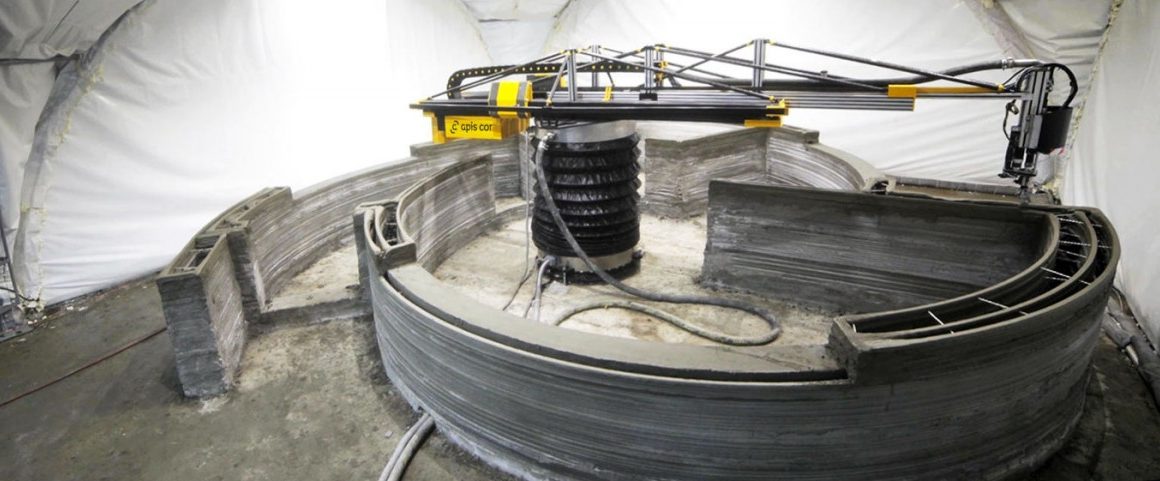The Unstoppable Rise of Automation and How it will Affect the Construction Industry
Since this country voted to leave the EU in June 2016 there have been many concerns about the potential impact on availability of both skilled and unskilled labour for the construction industry. However, there is another trend developing which stands to benefit from any forthcoming labour shortage. In fact, there is every possibility that Brexit might accelerate its rise. That trend is, of course, automation. While it may be difficult to imagine robotic replacements for electricians and plumbers any time soon, could we see some changes to traditional construction methods to take advantage of new technologies?
Transportation
Transportation of materials and equipment is a key overhead for companies in the construction sector. The  concept of driverless cars is one we are becoming familiar with, but it is in the transportation sector that this emerging technology could first be seen. The requirements for HGV drivers are increasingly onerous, with limited working hours and regular training needed.
concept of driverless cars is one we are becoming familiar with, but it is in the transportation sector that this emerging technology could first be seen. The requirements for HGV drivers are increasingly onerous, with limited working hours and regular training needed.
That could be less of a concern in the future, as Tesla are reportedly planning to reveal a fully-electric truck with autonomous driving features later this year. The technology for self-driving vehicles is improving exponentially, and it is widely expected that the regulations governing their use on the roads will be opened up once sufficient safety standards can be reliably met.
There are other areas where driverless automation technology could revolutionise the building site of the future, from the delivery and distribution of material to tasks such as bulldozing, digging and cranage.
Airbourne Assistance
Of course, having driverless vehicles moving around a hazard-filled, constantly-changing building site will require considerable planning and programming. Firms like Skycatch are already working with construction companies to facilitate these developments, providing real-time data capture and processing.
Using digital images taken by drones (which are themselves capable of fully autonomous flight missions, where regulations allow), 3D maps can be instantly updated and wirelessly transmitted back to base, enabling driverless vehicles to have an “awareness” of their surroundings beyond what their sensors alone can detect.
3D Printing
Also showing great potential are recent developments in 3D concrete printing, with some claims that entire  houses will be manufactured/printed on site in as little as 24 hours. The picture above is of a recent project that was 3D printed in one day, unlikely as it may seem!
houses will be manufactured/printed on site in as little as 24 hours. The picture above is of a recent project that was 3D printed in one day, unlikely as it may seem!
It would seem likely that 3D printing will assist in speeding up and reducing costs on structural elements, and also facilitating bespoke one-off designs which would otherwise have been too complex to consider.
Taking this a step further, the trend towards manufacturing and assembling buildings in sections is likely to accelerate, especially for new build projects which do not have to be fitted around existing site features.
Holiday Inn amongst others has built modular hotels, with one in Manchester which is nearing completion. Electricians will be interested to note that the Portacabin-like modules of this new development are described as being delivered with “plug-and-play” M & E services!
In Summary
In summary, it seems that technology will have an increasing impact on the construction industry, but as an evolutionary (rather than revolutionary) process. We can foresee that in the medium term, the labour market is likely to continue to become tighter, with pressure on costs and high-quality delivery at a premium.


